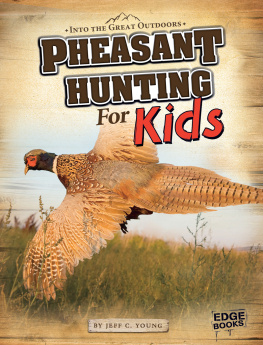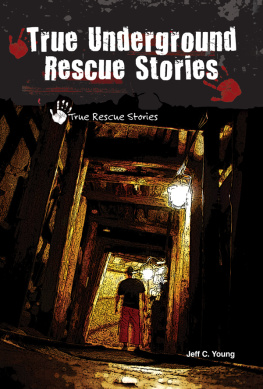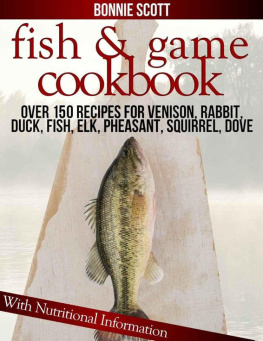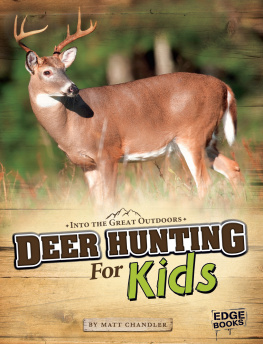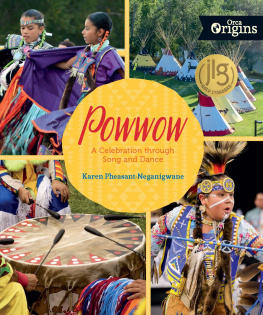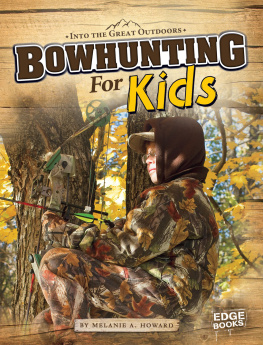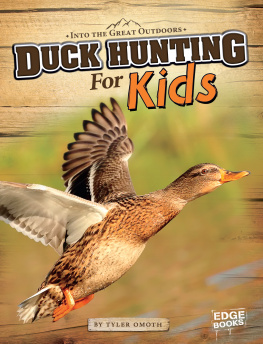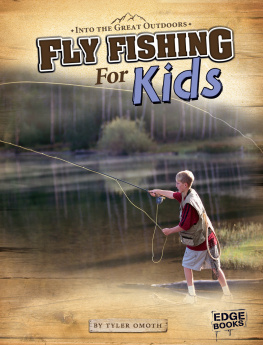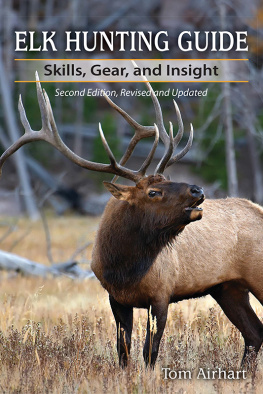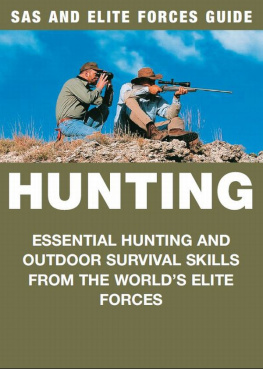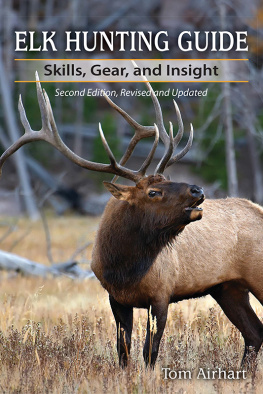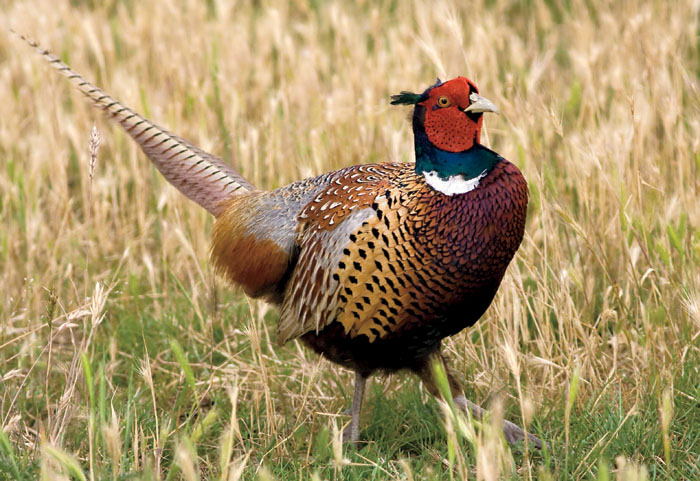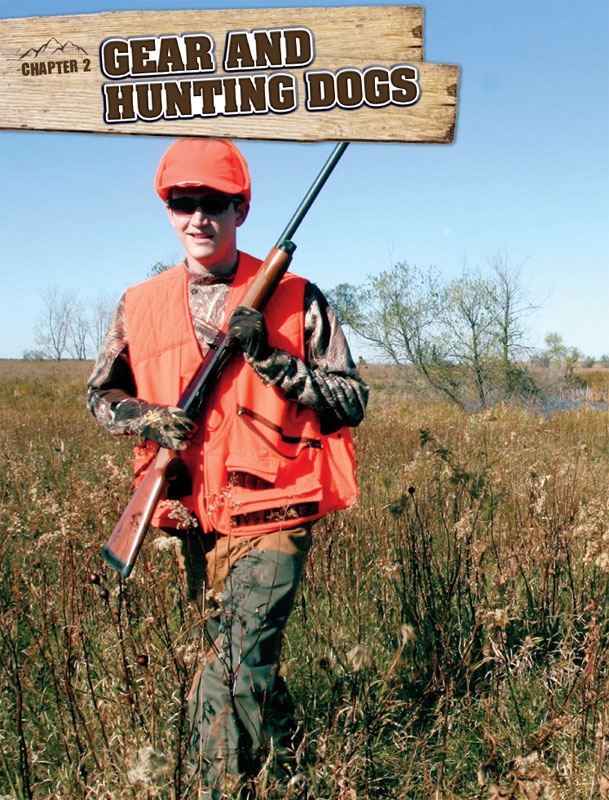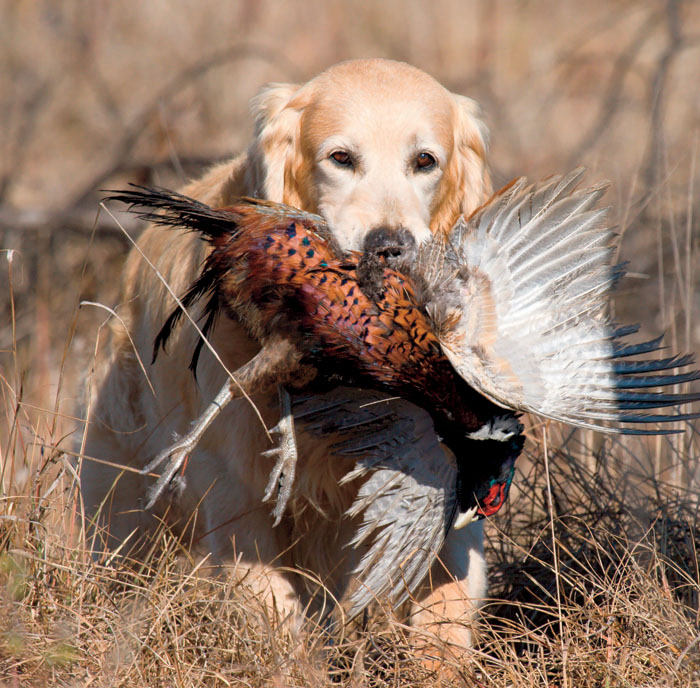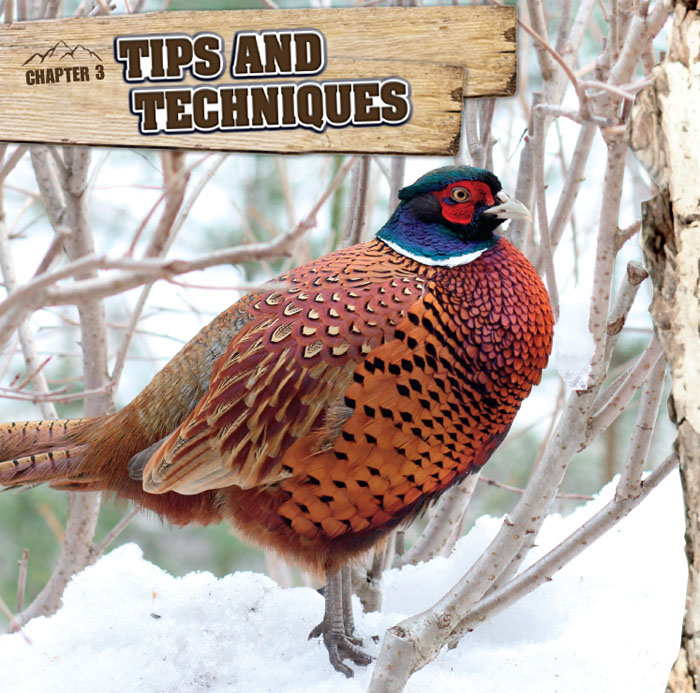Your hunting dog has found a bunch of pheasants and scared them out of their hidingplaces. Your heart beats faster as you see the frightened birds flying through theair. You pick one bird as your target and carefully aim your shotgun. Bang! Youvebagged your first pheasant.
History
Pheasants were first imported to the British colonies in North America in the 1700s.President George Washington had pheasants sent to his Mount Vernon, Virginia, home.The colonial governors of New Hampshire and New York also imported pheasants. Butmost of those birds were not hardy enough to survive.
The first successful attempt to bring pheasants to America was in 1881. About 24ring-necked pheasants were imported from China. The birds were released in the WillametteValley in Oregon. The pheasants thrived in their new home. In 1892 Oregon openeda 75-day pheasant hunting season.
In the early 1900s, other states and parts of Canada began importing pheasants. Thesmall farms and rows of trees and shrubs found during that time were the perfect habitat for the birds. The pheasant population quickly grew, and hunting pheasantsbecame a popular activity.
habitat the natural place and conditions in which an animal or plant lives
During the 1970s and 1980s, many small farms were replaced by larger farms. The treesand shrubs where pheasants nested were often removed. Chemicals used to kill weedsand insects reduced the pheasants food sources. The pheasant population began todecrease.
A U.S. government program called the Conservation Reserve Program (CRP) helped thepheasant population. The CRP paid small farmers to set aside pieces of land wherecrops would not be raised. The program also paid farmers for planting grasses thatprovided cover for pheasants.
Today there are millions of pheasants in North America. The birds can now be huntedwithout fear of a serious population decrease.
ring-necked rooster pheasant
Breeds
About 35 species of pheasants live in North America. Of those species, the ring-neckedpheasant is the most common.
Male pheasants are called roosters. Roosters are usually 30 to 36 inches (76 to 91centimeters) long. Each rooster has black, brown, blue, gray, and gold feathers.It also has a white ring around its neck.
Female pheasants are called hens. Hens are smaller than roosters, and their feathersarent as brightly colored. Hens are mostly tan with dark spots on their feathers.
FACT
Roosters attract mates by crowing. They make raspy kaw kaw calls about everythree minutes. Roosters also attract hens by strutting around with their feathersruffled and their wattles swollen.
conservation the protection of animals and plants, as well as the wise use of whatwe get from nature
species a group of animals or plants that share common characteristics
wattle the fleshy lobe found around the eye of a pheasant
Pheasant hunting takes some planning. You need to be properly outfitted before youbegin the hunt. A little preparation and the right gear can help make your huntingtrip a success.
Clothing
The clothing you wear for hunting needs to keep you dry and warm. Avoid cotton clothingbecause it retains moisture. Dress in layers so you can remove or add clothing asthe temperature changes.
You will likely walk through some difficult terrain as you hunt pheasants. Huntersoften wear an outside layer of nylon, such as a nylon jacket. Nylon clothing helpskeep thorns and burrs from sticking to your clothes and cutting your skin. To protecttheir legs, hunters often wear brush pants or field chaps. You will also need a pairof sturdy boots to protect your feet.
Shotguns
Shotguns are used to hunt pheasants. When choosing a shotgun, pick one that is lightenough for you to carry for a long time. You may be walking for a while when searchingfor pheasants. Carrying a heavy gun can tire your arms and make your shot unsteady.
Shotguns have different gauges. The gauge is the width of a shotguns barrel . Gunswith lower gauges are more powerful than higher-gauge guns. The most common gaugesused in pheasant hunting are 12, 16, and 20.
Most pheasant hunters use shotguns with barrels that are 26 to 30 inches (66 to 76cm) long. Some hunters prefer using short-barreled guns because they are easier tocarry and shoot than long-barreled guns.
barrel the long, tube-shaped metal part of a gun through which bullets or pelletstravel
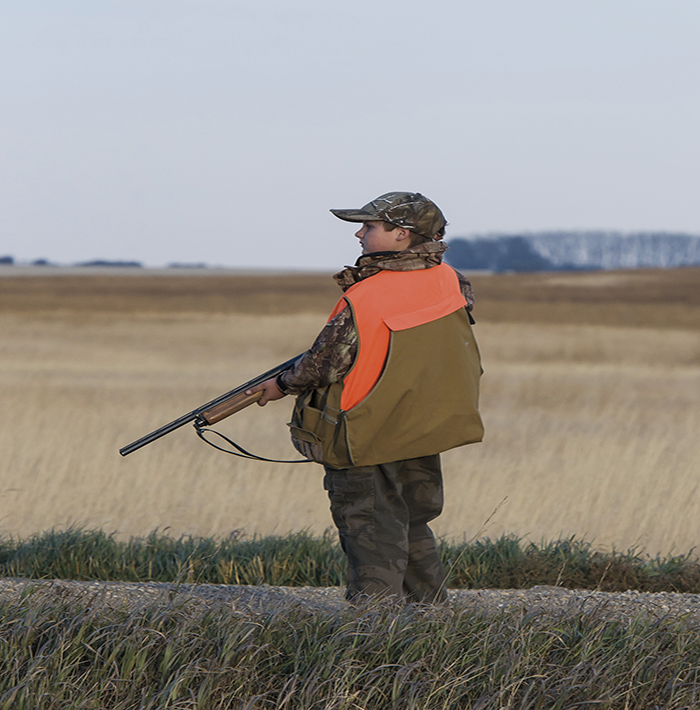
FACT
Pheasants can fly much faster than humans can run. Normally pheasants fly between 27 and 38 miles (43 and 61 km) per hour. When they are chased, the birds can reach speeds of up to 60 miles (97 km) per hour.
Hunting Dogs
Hunters who use trained dogs to track and flush out pheasants are able find and shootmore birds. Dogs have a much better sense of smell than people do. Hunting dogs areable to easily pick up the scent of nearby pheasants. Dogs called pointers signalto hunters when birds are nearby. Other dogs called flushers run toward the birdsto get them to flee. This method gives a hunter a clear shot at the birds as theyfly away.
Hunting dogs are also used to retrieve pheasants after the birds have been shot.The dogs find where the birds have fallen and keep wounded birds from getting away.
flush to drive an animal from its hiding place
golden retriever
FACT
The breeds most often used for pheasant hunting include Labrador retrievers, English springer spaniels, golden retrievers, German horthaired pointers, and Brittanys.
Before you bag a pheasant, you must know where and when you can hunt them. Pheasanthunting laws vary by state. States also set hunting seasons. Its against the lawto hunt pheasants out of season or to trespass on private property to hunt. Obeyinghunting laws keeps the sport safe and fun for everyone.
Seasons and Licensing
In most states, pheasant-hunting season begins in October. It usually lasts fromthree to 10 weeks, depending on the areas pheasant population.
Each hunter must purchase a license before hunting pheasants. The minimum age forbuying a hunting license varies from state to state. In some states, hunters as youngas 13 years old can get licenses as long as they follow added rules. Usually theyneed to take an approved hunter education and firearms safety class before gettinga license. They also have to hunt with an adult who has a hunting license. You canfind out the laws in your state by contacting your local conservation office.

